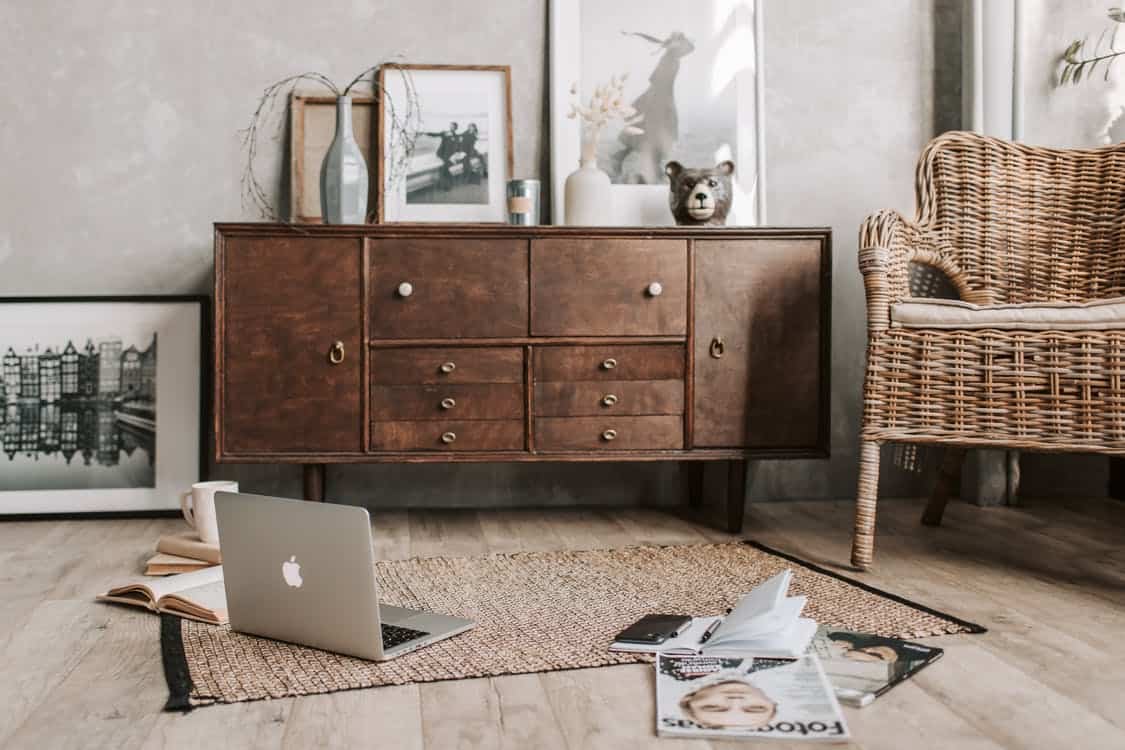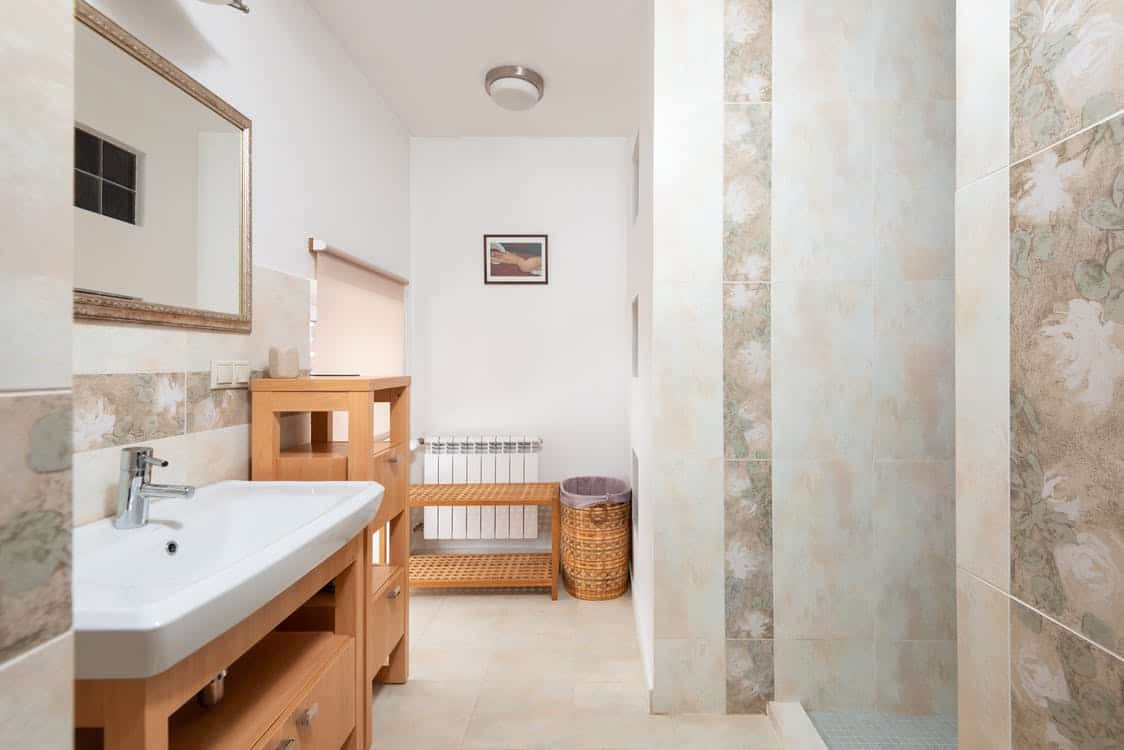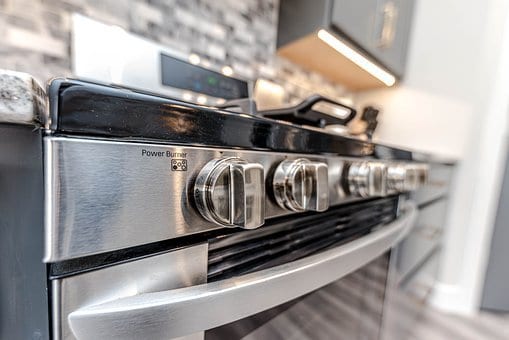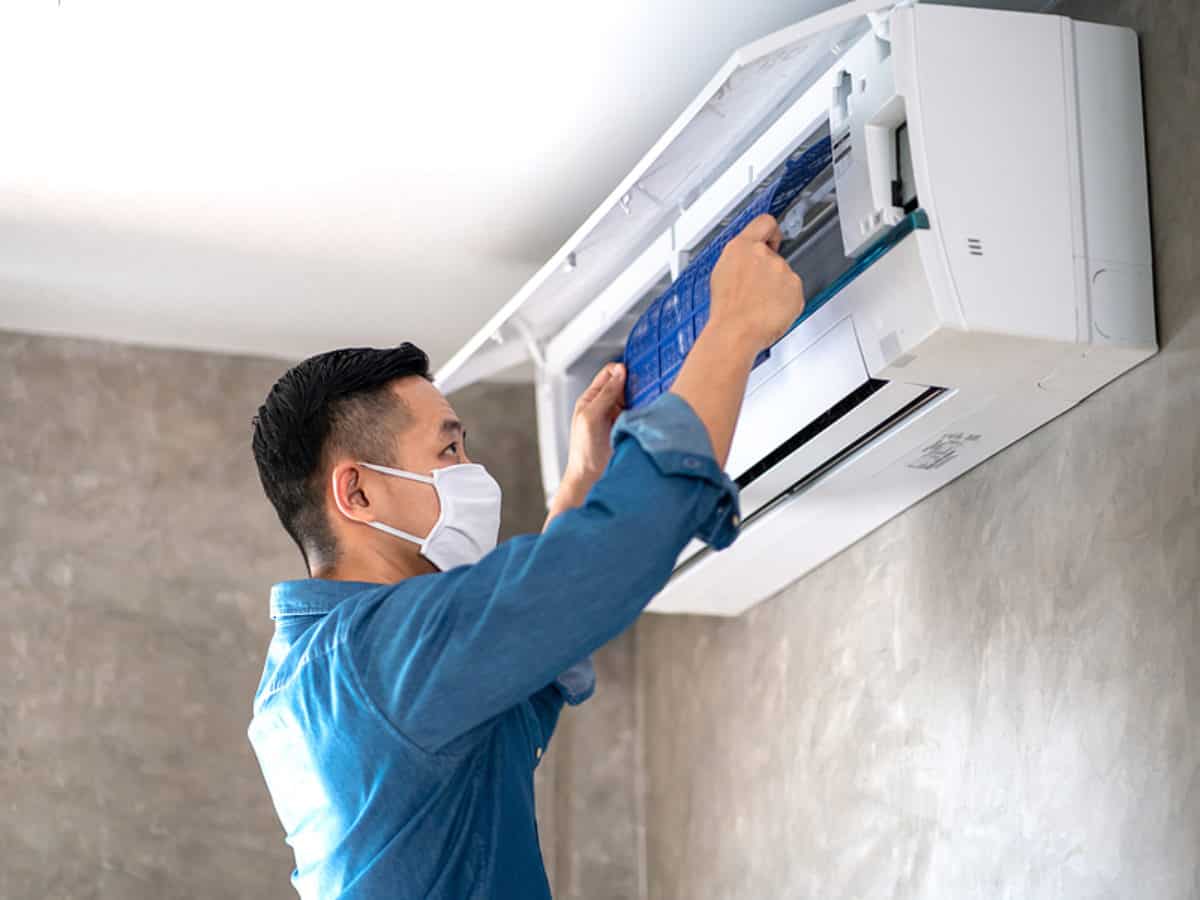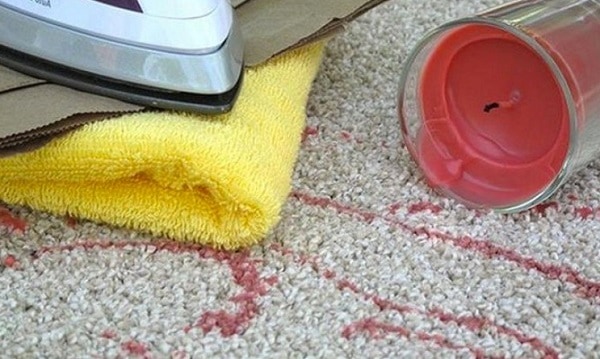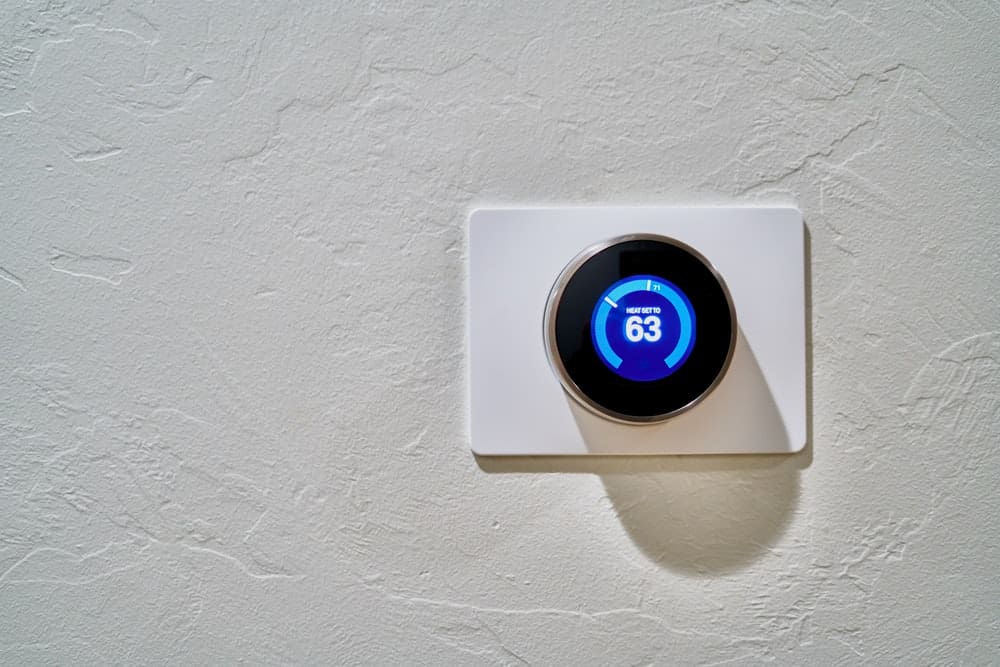Home air duct cleaning is essential since many things can accumulate within it, such as dirt, dust, mold, and spider webs. Any duct contamination within the air ducts, such as dust, dirt or mold, could negatively affect you as well as your family members. So, if these contaminants are inside the air ducts, they usually spread throughout your home when you turn the HVAC system on. Then when you inhale the dust, dirt, mold and other contaminants, you risk serious health issues. Unluckily, getting the dirty air ducts cleaned by a professional can cost you; that's why you need to learn how to clean air ducts.
Why You Need to Clean Your Air Ducts
Nowadays, most people are alert to indoor air quality. Therefore, most air duct cleaning companies are marketing products and services to enhance your indoor air quality. Besides, since you want to learn how to clean air ducts, you must understand what duct cleaning entails.
Air duct cleaning is usually referred to as cleaning different heating and cooling system elements of forced air systems. Including the registers, diffusers and grilles, supply and return air ducts, fan engine, condensate drain pans, fan housing, heat exchangers, heating and cooling coils and the air handling unit housing.
If the components are not correctly installed and maintained, they may become contaminated with dirt and dust particles, pollen or other debris. Also, if there is moisture, the potential for microbiological growth, for instance, mold, is increased. Moreover, some of these might cause symptoms, including allergic reactions in people if exposed to them. So, now that we understand what duct cleaning entails let's check out the steps involved in cleaning the air vents and ducts.
What Tools Will You Need to Clean Your Air Ducts and Vents?
You will need the following air duct cleaning tools to prevent breathing in the elements when cleaning air ducts. However, before starting the cleaning process, you need to ensure you turn off the power to the furnace.
1. Protection gears
You will need heavy-duty gloves, goggles, a dust mask to wear while cleaning your air ducts. Also, when performing home duct cleaning, we recommend wearing an N95 respirator. The gear will assure you no harmful debris is breathed in. Since no one knows what materials were used or how old the ducts are, the last thing anyone wants to breathe in is asbestos, and an approved N95 respirator will protect you.
2. Vacuum cleaner
You will require a vacuum to suck up the dirt and dust from the HVAC system. A standard household vacuum cleaner is not powerful enough. Ensure the vacuum has a long hose to get into the ducts. Also, when choosing a vacuum, you need to ensure that you use a vacuum that won't get damaged. Many sensitive components such as screws and nuts get sucked up, which may damage the hosing to the unit.
3. Brush
Something that looks like a toilet brush will work, but a stiff-bristles paintbrush will work great if you don't have one of these.
4. Leaf blower
After a thorough cleaning using a vacuum, a leaf blower will loosen the remaining dust particles from the heating and cooling system vents. However, the material hiding in your ducts will become visible on its surface with a high blow of air. Therefore, for this, you need to use an electric air blower.
5. Power drill
If your home's air ducts are made from steel, you will need to get inside them to vacuum them out well. This is usually done by making a 5" diameter hole in the steel ducts with a core drill bit. However, if the core bit is less than 5" diameter, make multiple holes for a vast space enough to allow your vacuum hose into the air ducts.
For those who aren't living in a newly made home, the probabilities are that the previous homeowner might have had HVAC vent cleaning done before. So if this is the case, the air duct cleaning service had drilled the holes already and covered them with steel plates. You, therefore, need to locate the plate covers and unscrew them to start air duct cleaning.
6. Old pillow
Though the pillow doesn't have to be old, you need something large enough to use s a stopper before the air returns into the air handler. Also, if you have extra insulation, you can use them. The main point is to prevent all components from being blown into the heating and cooling systems.
7. Furnace filter
You will need a new furnace filter after you are done cleaning the air ducts. Ensure you choose the right filter option for your furnace.
How to Prevent HVAC System Contamination
A well-maintained air duct system won't require cleaning as often. However, there are some things you can do to ensure there is no contamination within the entire system.
1. Replace filters
Whenever you feel indoor air pollution, it might be the right time to change the filter. Besides, if you have allergies, you might feel much affected when the filters are dirty.
2. Use the highest efficiency filter bags.
The manufacturer of the heating and cooling system must recommend which air filter you should use. Choose the most efficient recommended filter to ensure your air is good.
3. Insulate the air ducts
Ensure no air can bypass the air filters by insulating around them. You must as well ensure there are no missing filters.
4. Check other parts
If you decide to go for professional air duct cleaners, ask them to clean cooling coils and drain pans.
5. Clean regularly
By regularly vacuuming your home and keeping dirt and dust at a minimum, you can avoid contamination in the air ducts. Besides, use a HEPA vacuum for the best results because they trap even tiny particles.
What Are the Steps for Air Duct Cleaning?
Knowing how to clean air ducts requires you to follow some steps, which include;
Step 1: Remove the screws from the air duct covers
Before you can start your cleaning, remove the screws from the duct covers and return-air grill plates.
Step 2: Cover up those vents that supply air or heat to the rooms with paper towels.
Also, cover the vents that you aren't cleaning to keep the dirt and dust from blowing in and out while cleaning other areas. Lift the supply vents and put a paper towel between the wall or floor and the vent cover. The vent should be in place without fixing all the screws back in because you will remove the paper towels and clean every air vent.
Step 3: Set the thermostat to the position.
The fan will help move the dirt and dust that you loosen while cleaning. Ensure the cool and heat mode is off. Run the heat if you have an old thermostat that does not have a "fan-only" setting option.
Step 4: Loosen dust and dirt in ducts. Knock loose any dirt and dust build-up in the ductwork.
Besides, a light tapping will loosen dust holding on the inside of the air ducts. Take the handle of your brush and start tapping on the accessible ductwork in the basement. This will help break up deposits of dampened dust that might have stuck to the insides of the air duct.
Step 5: Clean the supply registers.
Now you can start sweeping the dirt and dust out from your supply register. First, with the vacuum operating and the end of the vacuum hose near the register, lift the register. Then use the hose to catch any dirt and dust pushed out by the furnace fan and sweep as far into the pipping as the hose can get. Next, use the brush to scratch loose any dirt and dust build-up in the register.
Then using a damp cloth, reach down into the air duct as far as possible and wipe the interior clean. Moreover, you will need to rinse the microfiber cloth frequently since chances are, you will find lots of dirt, dust and gunk up there the first time you clean your air ducts. Finally, as you proceed with the house sweeping out the supply registers, you can get rid of and dispose of the paper towels you have put in place.
Step 6: Clean the return registers.
Using air duct cleaning tools, sweep out your return air registers. Then brush and sweep as far back into the register cavity as you can.
Step 7: Shut off the furnace and fan.
We recommend you power off the furnace through the service or breaker panel and shut the fan off at the thermostat. Avoid shutting off the thermostat since that doesn't turn off the system's power.
Step 8: Ensure you clean out the blower compartment and return the air boot.
You can remove the panels on the furnace's front and access the blower compartment and the return air boot with the power now off. Use the vacuum to sweep up the dirt and dust build-up in the blower compartment as well as the return air boot where there is the bulk of dust is. Furthermore, since you are in the HVAC system, you should clean the furnace fan too.
Step 9: Replace the filters.
You won't get the full benefit of clean home air ducts if the filters are clogged with dirt, dust and contaminants they're designed to trap. Therefore, buying a better filter will cut down on the dirt and dust in your home; however, the better the filter, the more regularly you should change it. A dirty filter usually restricts warm or cool air flowing in the blower engine, running hotter and lowering the lifespan. We recommend you change the filters once a month.
What Are the Main Benefits of Cleaning Air ducts?
1. Creates a cleaner and safe living environment
Having your ducts clean reduces the dirt and dust that would otherwise circulate throughout the living space, landing on your bedding, flooring and even on your furniture. Luckily, a thorough air duct cleaning usually reduces the dusting and the amount of interior cleaning needed to maintain a clean home.
2. Helps in breathing easier
Even though no one in the household suffers from chronic allergies or respiratory issues, cleaner air usually makes it easier to breathe. Besides, dust and pollutants getting into your lungs through the nose can trigger sinus, sneezing and coughing or bronchial congestion even among healthy individuals. Air ducts cleaning creates a more comfortable and safe environment and encourages well-being.
3. Enhances airflow efficiency
Registers and ductwork with heavy dust build-up and grime can limit airflow from the furnace and cooling system, meaning your system will have to struggle to heat or cool your home, resulting in a decreased efficiency level. On the other hand, a clean system will run at peak efficiency and offer the most-effective performance.
4. Eliminates unpleasant smells and odors
Tobacco use, paint fumes, pets, household cleaning agents and even food preparation contribute to bad smells in the air ducts. Each time the furnace and air conditioning units are running, these smells will repeatedly flow through the house. A thorough cleaning of the ducts eliminates all odors resulting in a fresher-smelling home.
5. Reduces irritants and allergens
Besides dirt and dust, air ducts usually contain micro-organisms and harmful contaminants. These contaminants include pollen, bacteria, pet dander, mold spores and mildew. People suffering from asthma, allergies and other respiratory problems are sensitive to these airborne particles. Moreover, clean ducts usually encourage healthier living.
Frequently Asked Questions on How to Clean Air Duct
1. Is cleaning ducts really worth it?
If you suspect an insect or rodent infestation, mold growth, or dust is making its way to your loving home through the ducts, or if you are worried about consistent airflow, it could be worth cleaning the ducts.
2. What will happen if you don’t clean the ducts?
Over time, when you don't clean and maintain the ducts, the moisture will start to grow mold. The real issue here is because of what your ducts do: disperse air throughout a structure. So, if you have moldy ducts, the mold will be blown all over the house.
3. How often should I clean my house’s ducts?
The recommendation for duct cleaning is every 3-5 years to ensure clean breathing air.





